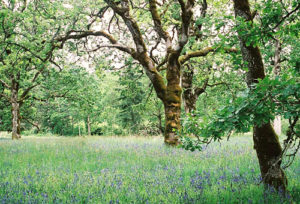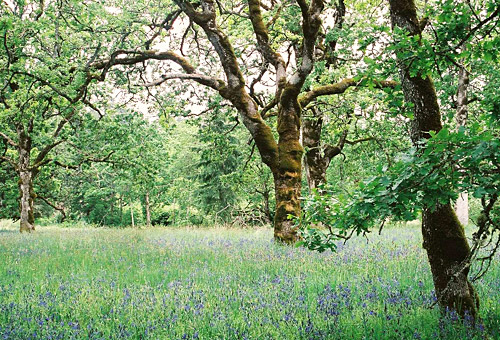TERRITORY ACKNOWLEDGEMENT
I am very grateful to live, learn, love, leave-and-return to the beautiful territory of the Lekwungen-speaking people and the W̱SÁNEĆ nations, and in particular as an uninvited visitor and settler and colonizer to this incredible land and sea. The Salish Sea has fed and soothed me, given me reprieve from moments of grief, and the animals and plants that nurture this territory hold a particular power unmatched by any I can think of. I want it to be a blessing that I live here, but when I think more deeply it is simply another example of a settler (even here, me passing into passive voice to eschew responsibility), so colonized and colonizing, taking up more space to call this land home then has ever been earned or shared. This internal strife is exactly the type of navel-gazing (thank you Chaw-win-is for introducing me to the term) that causes me to place my settler needs over the rights, sovereignty and community of the nations that are from this land’s very particles of matter, and it is time for me to grapple more deeply with my desperate need to call this land, this land that will never be mine, home. Thank you to the Lekwungen speaking people and the WSANEC nation and the Musqueam people who have given thousands of hours of research and resources to the two institutions I attended (UVIC and UBC) so that their lands can be cared for more completely, and that some future of Indigenous and newcomer relations may be possible. Thank you to Chaw-win-is and Nick Henry in particular for the gentleness and strength to share parts of their land and teachings with our pdp cohort so that we may care for the Salish Sea with the dignity it so deserves.

Garry oak forest by the Salish Sea
FAST FACTS ABOUT MY SITE’S INDIGENOUS ED POSTS
I approached these reflections focused largely on how these teachings may be implementable in the classroom, though some are simply a glimpse into what I learned from various resources. These posts elaborate on specific Indigenous issues in the Canadian education context, as well as through some of the Indigenous pedagogy I would like to explicitly integrate into my classroom teachings, modelling some attempts at doing so, and some reflection on Indigenous and newcomer considerations in classroom contexts. I pulled from SO MANY amazing resources, all which can be found below. I was particularly supported by First Voices and the various video documentaries mentioned throughout the posts.
Claxton, Earl (YELḰÁTŦE) and Elliott, John STOLȻEȽ. TŦE SĆELÁNEṈ EṮ W̱SÁNEĆ, The Saanich Moons. First Voices. SENCOTEN. Learn: Stories.
Elliott Sr, Dave. (1990). Saltwater People as told by Dave Elliott Sr.: A Resource Book for the Saanich Native Studies Program. Native Education: School District 63 (Saanich) (pp. 9-79). School District 63 (Saanich): https://coursespaces.uvic.ca/pluginfile.php/2406033/mod_resource/content/1/saltwater-people-1983-delliot-sr.pdf
Video: KUPER ISLAND ~ Residential School Survivors Documentary https://www.youtube.com/watch?v=Q_uVBE6AXs4
Video: Cedar and Bamboo, The Chinese Historical Society: https://www.youtube.com/watch?v=Io19r8vQOQ8
Young, M. (2003). Anishinabemowin: A way of seeing the world: Reclaiming my identity. Canadian Journal of Native Education. 27:1 (pp. 101 – 107). Vancouver: University of British Columbia Press: https://search.proquest.com/docview/230303218/fulltextPDF/7144BE1452CF43C2PQ/1?acco untid=14846

Leave a Reply